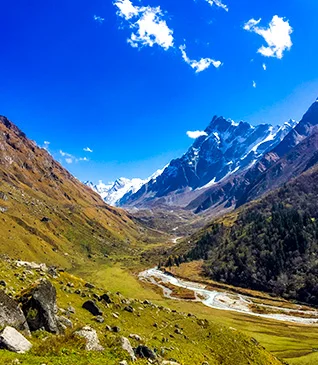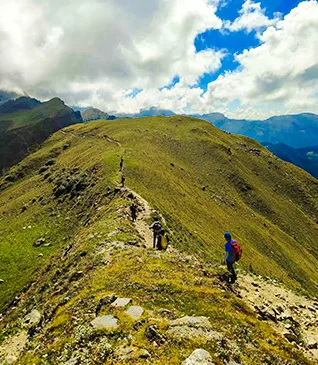Trekking at higher altitudes is a thrilling adventure and many people venture into the mountains to get that adrenaline rush and enjoy the feeling of being alive and pushing your limits. However, as fun and exhilarating as high-altitude trekking is, it comes with a set of difficulties and one of them is the altitude-related sickness that sometimes takes place at higher elevations. In this article, we will delve deep into the various altitude-related illnesses and how to prevent them.
Different Altitude-Related Sicknesses
1. Acute Mountain Sickness (AMS)
.webp)
Acute Mountain Sickness, commonly known as AMS, is a condition that can affect individuals when they ascend to high altitudes too rapidly. It is primarily caused by the body’s struggle to adjust to the decreased oxygen levels at higher elevations. Symptoms of AMS typically manifest within hours of reaching altitudes above 2,500 meters (8,200 feet) and may include headaches, nausea, fatigue, dizziness, and difficulty sleeping. While AMS is generally not life-threatening, if symptoms worsen or persist, it can develop into more severe altitude-related illnesses. By offering clear and accessible guidance, the article aims to educate readers with the knowledge needed to ensure a safe and enjoyable experience in the mountains.
2. High Altitude Pulmonary Edema (HAPE)
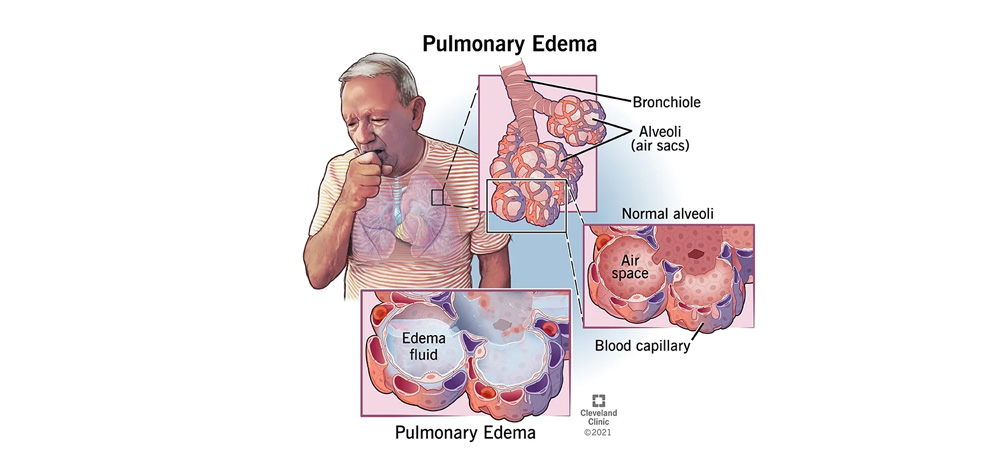
High Altitude Pulmonary Edema, or HAPE, is a more severe and potentially life-threatening condition that occurs when there is an accumulation of fluid in the lungs. This fluid build-up is a result of increased pressure in the pulmonary blood vessels due to the body’s response to low oxygen levels at high altitudes. Symptoms of HAPE may include a persistent cough, shortness of breath, chest tightness, and fatigue. HAPE requires immediate descent to lower altitudes for proper treatment, as the condition can rapidly worsen.
3. High Altitude Cerebral Edema (HACE)
.webp)
High Altitude Cerebral Edema, abbreviated as HACE, is a rare but critical condition that involves swelling of the brain due to fluid leakage. Similar to HAPE, HACE is a consequence of the body’s struggle to adapt to decreased oxygen levels at high altitudes. Symptoms of HACE include confusion, ataxia (loss of coordination), severe headache, and altered mental status. HACE is a medical emergency, and immediate descent to lower altitudes, along with appropriate medical intervention, is crucial for a positive outcome.
Understanding Physiological Changes at High Altitudes
.webp)
At high altitudes, the air pressure decreases, leading to a reduction in the partial pressure of oxygen. This atmospheric change triggers a series of physiological adaptations in the human body as it strives to cope with lower oxygen levels. One of the primary responses is an increase in breathing rate and depth to enhance oxygen intake. Additionally, the body stimulates the production of red blood cells to improve oxygen-carrying capacity. However, the rate at which these adaptations occur can vary among individuals. Some people acclimatize more quickly, while others may experience a slower adjustment process. Understanding these physiological changes is crucial for comprehending the challenges the body faces in oxygen-deprived environments and for developing effective strategies to prevent altitude-related illnesses.
Symptoms and Severity Levels of AMS, HAPE, and HACE

1. Acute Mountain Sickness (AMS)
- Symptoms: Headache, nausea, fatigue, dizziness, insomnia, and loss of appetite.
- Severity Levels: Mild cases may involve discomfort and headaches, while severe AMS can lead to vomiting, extreme fatigue, and difficulty thinking clearly.
2. High Altitude Pulmonary Edema (HAPE)
- Symptoms: Persistent cough, shortness of breath (especially at rest), chest tightness, and rapid heart rate.
- Severity Levels: Mild cases may feature mild discomfort, but severe HAPE can cause extreme difficulty breathing and a bluish tint to the skin, indicating inadequate oxygen levels.
3. High Altitude Cerebral Edema (HACE)
- Symptoms: Confusion, ataxia (loss of coordination), severe headache, and altered mental status.
- Severity Levels: Mild cases may involve confusion, but in severe HACE, individuals may lose consciousness, leading to a life-threatening situation.
Risk Factors and Susceptibility to Altitude-Related Illnesses

- Rapid Ascent: Ascending to high altitudes too quickly without proper acclimatization increases the risk of altitude sickness.
- Individual Susceptibility: Some individuals are more prone to altitude-related illnesses than others due to genetic factors that affect their ability to adapt to low oxygen levels.
- Previous History: Individuals who have experienced altitude sickness before are more likely to be affected on subsequent high-altitude trips.
- Dehydration: Inadequate fluid intake can exacerbate the symptoms of altitude sickness, as dehydration impairs the body’s ability to acclimatize.
- Certain Medical Conditions: Pre-existing conditions such as respiratory or cardiovascular disorders can increase susceptibility to severe forms of altitude sickness like HAPE and HACE.
Preventive Measures
.jpg)
Pre-Trek Prevention Measures
1. Consultation with a Healthcare Professional Before Embarking on a High-Altitude Journey
Before undertaking a journey to high altitudes, it is crucial to prioritize a thorough medical check-up with a qualified healthcare professional. This consultation serves to assess an individual’s overall health and identify any pre-existing conditions that might pose risks at elevated locations. The healthcare provider can offer personalized advice, taking into account the individual’s medical history and current health status. This proactive step helps ensure that travelers are physically fit for high-altitude environments and can receive tailored recommendations to minimize health risks.
2. Overview of Preventive Medications and Their Potential Side Effects
Certain medications can aid in preventing altitude-related illnesses. Diamox, for example, is commonly prescribed to help the body acclimatize by promoting increased respiratory rate and reducing symptoms of AMS. However, it is essential to consult with a healthcare professional before taking any medication, as they may have potential side effects or interact with other medications. The dosage and duration of medication should be determined based on individual health considerations. Travelers are advised to be aware of potential side effects, such as increased urination and tingling sensations, and report any adverse reactions promptly.
On Trek Preventive Measures
1. Ascending Slowly to Allow the Body to Adapt
One of the key strategies for preventing altitude-related illnesses is the practice of gradual acclimatization. Ascending to higher altitudes at a moderate pace allows the body to adjust to the reduced oxygen levels, decreasing the risk of Acute Mountain Sickness (AMS), High Altitude Pulmonary Edema (HAPE), and High Altitude Cerebral Edema (HACE). Taking breaks during ascents, spending additional nights at intermediate altitudes, and avoiding rapid gains in elevation contribute to a smoother acclimatization process, promoting better oxygen utilization and reducing the likelihood of altitude sickness.
2. Drink 4 to 5 Liters of Water to Counteract Dehydration
Staying well-hydrated is paramount at high altitudes. Aim to drink between 4 to 5 liters of water daily to counteract the increased respiratory and urinary water losses. Proper hydration not only helps combat dehydration but also supports the body’s acclimatization process, reducing the risk of altitude-related illnesses.
3. Avoid Sleep During the Day for Natural Acclimatization
Maintaining an active daytime schedule is crucial for natural acclimatization. Avoiding sleep during the day helps regulate the body’s circadian rhythm and promotes a more efficient adaptation to higher altitudes. While some individuals acclimatize quickly, others may need more time, and keeping the body active during daylight hours aids this process.
4. Energy Conservation
Avoid exhausting yourself during trekking activities. High-altitude trekking demands considerable energy, so pacing yourself is essential. Take smaller steps while walking, breathe through your nose rather than your mouth to improve oxygen uptake, and be mindful of your energy levels to prevent fatigue.
5. Avoid Smoking and Drinking
Smoking and drinking can exacerbate the effects of altitude sickness by further compromising oxygen levels in the body. It is advisable to abstain from smoking and alcohol consumption during high-altitude journeys to enhance respiratory function and overall well-being.
6. Emergency Preparedness
In case of emergencies, ensure that you are equipped with essential emergency gear, including an oxygen cylinder, stretcher, and a comprehensive first aid kit. These provisions facilitate immediate response and aid in a safe descent to lower altitudes if necessary.
7. GAMO Bags for Descent from High Altitudes
Consider incorporating GAMO (Gamow) bags into your emergency equipment. These bags provide increased pressure, simulating lower altitudes and aiding in the safe and rapid descent of individuals experiencing severe altitude-related symptoms. Having GAMO bags on hand enhances the capabilities for rescue and evacuation in critical situations.
8. Dressing in Layers
When traversing high-altitude landscapes, where temperatures can vary significantly throughout the day, dressing in layers is essential. Layering allows for easy adjustment to changing weather conditions and helps regulate body temperature. The clothing system typically includes:
→ Base Layer: Moisture-wicking fabric close to the skin to manage sweat and keep the body dry.
→ Insulating Layer: Thick and warm layer(s) to retain body heat in colder temperatures.
→ Outer Layer (Shell): Waterproof and windproof outerwear to shield against rain, snow, and strong winds.
By embracing these proactive measures, trekkers can not only mitigate the risks associated with high-altitude destinations but also enhance their resilience, well-being, and overall enjoyment of the unique landscapes that elevated destinations offer. Prioritizing health and safety ensures a memorable and safe experience at high altitudes.
.webp)
The Best Places to Visit in Dehradun
.webp)
Phulara Ridge Trek - Explore the Hidden Ridge in Himalayas
 (1).webp)
Trek Update: Valley of Flowers and Hampta Pass are Fully Accessible for Exploration
 (1).webp)
Har Ki Dun - Best Autumn Trek

Har Ki Doon Trek 2024 - Walking Through the Valley of Gods
.webp)
Best Time for Kedarkantha Trek in 2024
.webp)
Post-Monsoon Marvel of EBC Trek and Annapurna Circuit Trek
 (1) (1).webp)
Discovering Goechala - A Himalayan Adventure
 (2).webp)
Adi Kailash Yatra : A Spiritual Journey to the Abode of Lord Shiva
.webp)
Know the Hidden Gem- The Brammah Valley Trek

.webp)
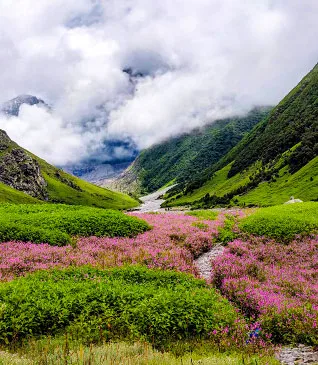
.webp)
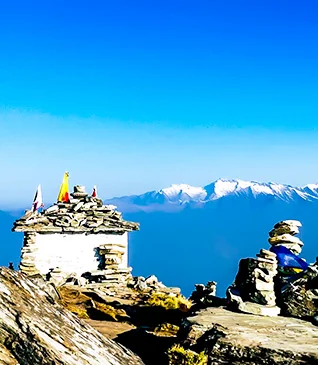
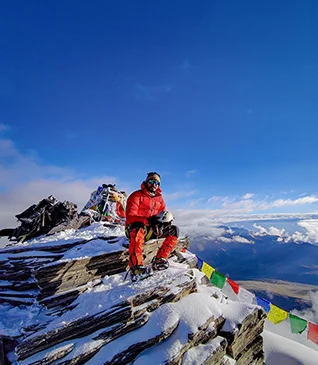
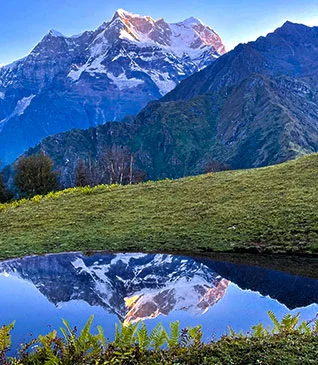

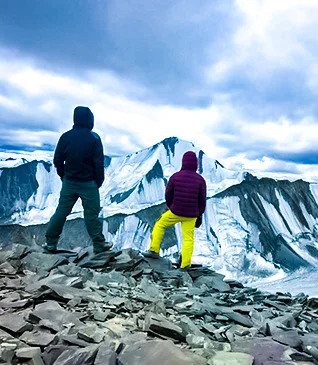
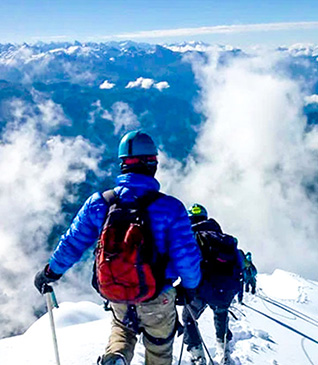
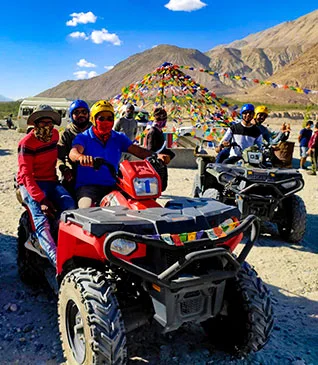
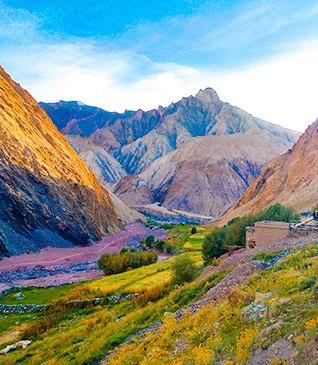
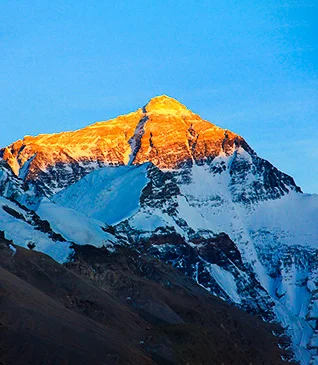

.webp)
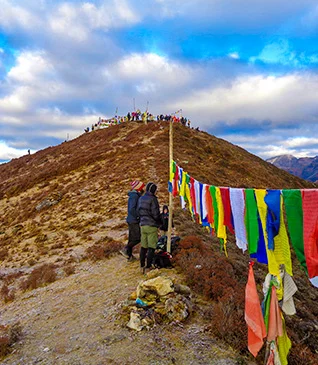

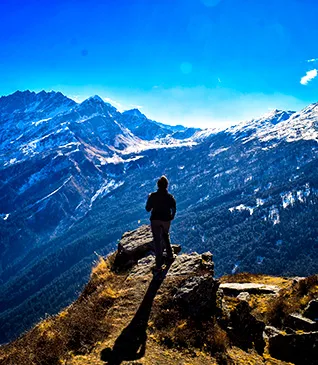
.webp)
